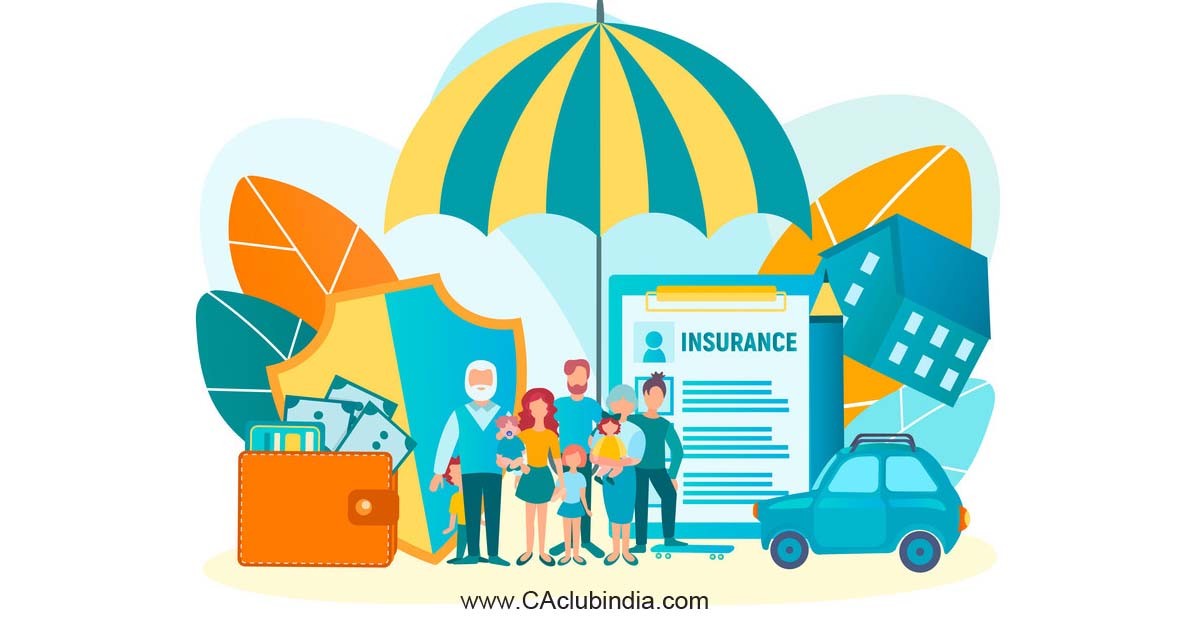States have been asked to proceed with the implementation of the measures to cut GST on health and life insurance; however, there is now a worry that, without an anti-profiteering authority to oversee it, insurers may not pass the savings from the lower levy on to consumers.
As it is with the possibility of lowering the GST on life insurance, which almost seems likely, health insurance presents a considerable concern. State finance ministers believe that because insurers have, recently, hiked the premiums even after witnessing a decrease in the number of COVID claims, they might keep the benefits to themselves. Another minister said that there were a number of strategies that were being considered to safeguard consumer interest and, at the same time, mitigate revenue loss.

This same minister stressed the guarantees the relief gets to the consumers, especially as the insurers have not cut premiums, insisting on adverse claims ratios. Thus, even with the reduction of claims linked to COVID, the firms have continued to allege that underwriting the health policies leads to losses.
Earlier, the India GST act allowed the government to actively ensure that the benefits arising out of any tax cut were passed on to the consumers. But with lesser variations in the GST rates there have been provisions regarding these passed by the GST Council which have rendered them inactive. Nonetheless, it has been realised in government circles that tax on health insurance levied at 18% is a hindrance and the high GST is a major impediment to affordable health insurance.
The authorities and ministers have talked about relieving people with annual premiums of up to Rs 50,000 to Rs 60,000 on their health insurance plans. Nevertheless, this proposal may not help the middle class much who is already complaining of high premiums. A basic health cover of Rs 15-lakh hardly meets the health exigencies and a family of four comprising of two children pays as least Rs 50,000 for health insurance. The situation is even worse with the senior citizens who are charged higher premiums because of the high risks they pose.







 CAclubindia
CAclubindia

